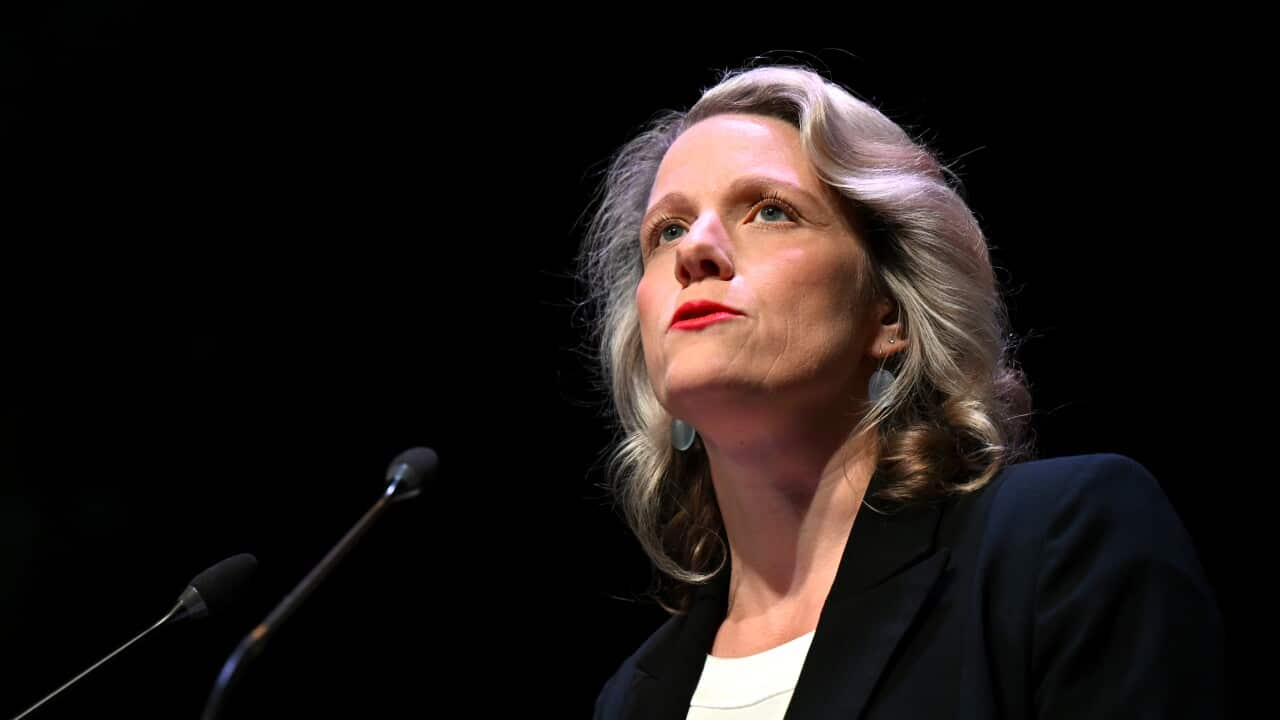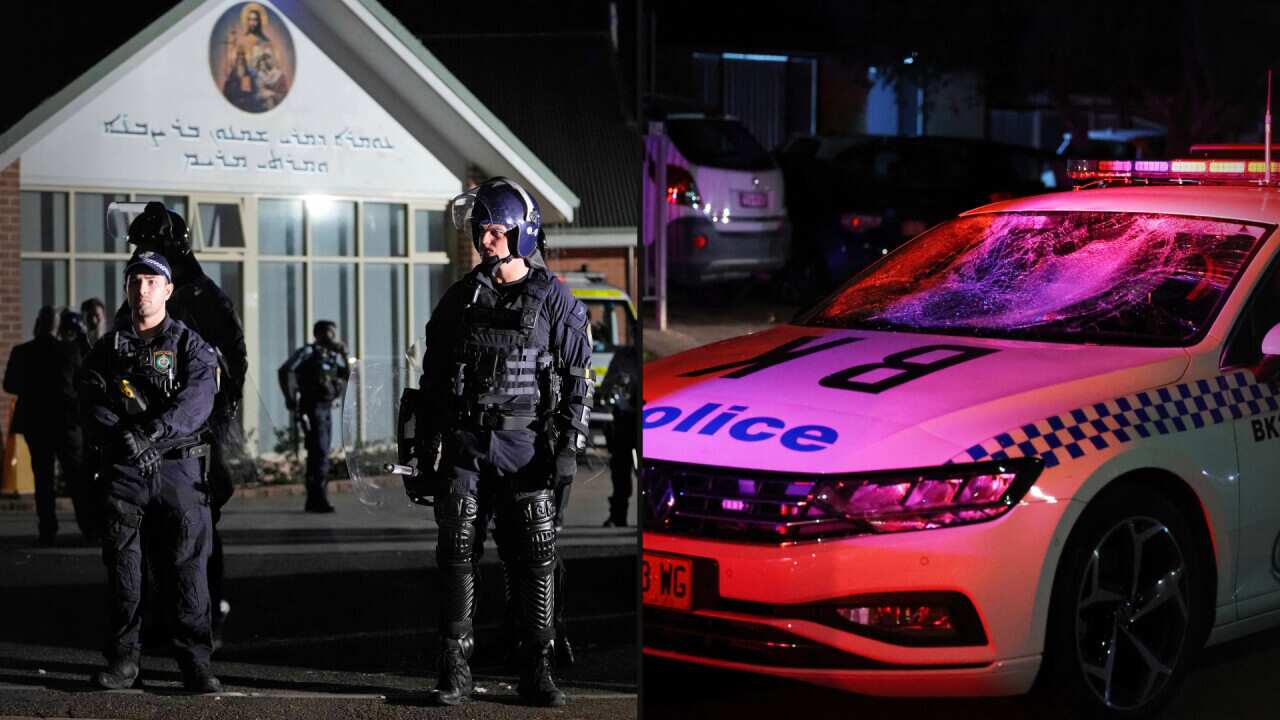The caste system is predominantly observed in India, Nepal, Sri Lanka, Bangladesh and to some extent Pakistan.
History
The origin of the caste system in India is unclear, but it is thought to have originated over 2,000 years ago. Under the caste system, which is associated with the Hinduism, people are divided and categoried by their occupation. These jobs became hereditary and were passed down from parents to children. Under the system individuals have no right to change their position, which has locked generations in the same social status.
Reincarnation is one of the main underlying beliefs of Hinduism, which supports the hierarchical nature of the Indian caste system. After each life a soul is reborn into a new material “form”. A new soul’s “form” is dependent if they lived a virtuous past-life. Therefore a truly virtuous person would be rewarded with rebirth to a higher caste in his/her next life. Good or bad fortune experienced in life may be a result of actions in the individual's past life. This is refered to as someone's 'Karma' and can be a reflection of a persons social status. Good karma can lead to reincarnation as a human, while bad karma can lead to reincarnation as an animal or an 'Untouchable'.
Originally, the system was created for the harmony of society, but instead created a preferential system of strict hierarchy. It created a system where those at the bottom of the hierarcy, 'The Untouchables' outcast and socially disadvataged with no way to increase their status. When the British Raj took power of India in 1757, caste affiliation was a rigid system. Many 'Untaouchables' sought some degree of emanciaption through converting to other religions, namley Christianity, Islam or Budhhism.
Castes
There are four primary castes (pictured below), also known as the “touchables”. The Brahmins - The Class of Priest are considered 'Twice Born' after they are initiated into The Sacred Scriptures or Vedas, as a special ceremony.
The group that exists outside the caste system are the “Untouchables” or “Dalits”.
- Brahmins – most respected jobs, like priests
- Kshatriyas –soldiers, nobility & public service
- Vaishyas – traders, farmers and artisans
- Shudras – servants & unskilled labour
- Dalits – untouchables, poor & disadvantaged, often indigenous groups
The castes are further divided into sub-castes known as jātis, who are defined by their occupation.
Nepal uses a similar caste system but groups and sub-castes have different names.
The Untouchables:
“Untouchables” are outcasts and typically perform tasks associated with disease and death; funeral cleaners, sewage cleaners, animal skinners and so forth. Originally they were forbidden to hold jobs.
In the 1970s, the “untouchables” adopted a name for themselves: the Dalits (“broken people”). Officially, they are listed under the Scheduled Castes and Scheduled Tribes list, among .
It is believed that those born into the Untouchables class are being punished for the bad deeds they have done in their past lives, the burden of their karma.
The Daily Effect of Caste Systems
Caste affects an Indian person’s everyday life. It impacts upon their relationships, education, employment, wealth, legal rights, and social standing.
- Marriage
People were not supposed to marry outside their castes: the India Human Development Survey (IHDS), conducted by the National Council for Applied Economic Research (NCAER) and the University of Maryland found that between 2011 and 2012, only 5 per cent of Hindu Indians married outside of their caste.
- Education
In the past, Dalits were not allowed into the schools of the “touchables” and have faced constant discrimination and barriers to obtaining education. Recent action in government-affiliated universities reserves at least 50 per cent of seats for Scheduled Castes and Scheduled Tribes. However, the literacy rate of the Dalits is still below average.
- Employment
Dalits were forbidden to hold jobs – out of almost 220 million Dalits, 40 million are essentially under slave labour, working off the debts of their ancestors. Those in positions of power were mostly from the upper castes.
- Legal Rights
In 1935, the British Government of India came up with the Scheduled Castes and Scheduled Tribes: a list of roughly 400 groups considered “untouchable” who would be granted special privileges to overcome discrimination. Over the last decade, the number of main Scheduled Castes has increased from 1221 to 1241 and the number of main Scheduled Tribes from 664 to 705 (). Article 15 of the Indian Constitution states that discrimination against lower castes is illegal. The Protection of Civil Rights Act was enacted in 1955, and the Scheduled Castes and Scheduled Tribes (Prevention of Atrocities) Act was passed in India in 1989.









